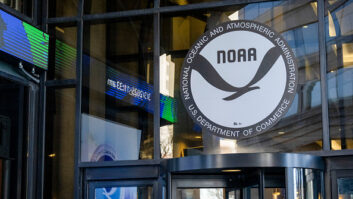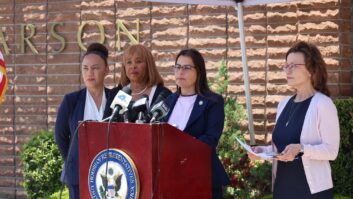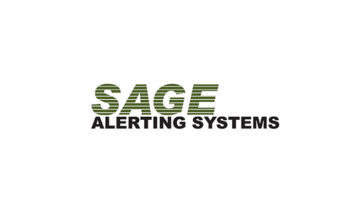For those who weren’t able to participate in a recent webinar by FEMA about the Emergency Alert System, Wisconsin EAS Chair Gary Timm posted a summary to an EAS listserv, which is maintained by the Society of Broadcast Engineers. While Radio World has reported much of this information, other aspects are new.
Excerpts of Timm’s summary:
The next Nationwide EAS Test will occur sometime after the FCC has adopted a National EAS Location Code, most likely in late 2015, and will involve IPAWS (EAS, WEA, NWS and the Public Feed).
The primary announcement was that to prepare for this test, FEMA will be conducting an IPAWS-based test targeted to the State of West Virginia at approximately 2 p.m. EDT on Sept. 17 … Parameters for the EAS coding are:
Event Code: National Periodic Test (NPT)
Originator Code: Primary Entry Point (PEP)
Location Code: All of West Virginia
FEMA has met with stations in West Virginia and is requesting that they program their EAS units to auto-forward the NPT as part of the test. …
If for any reason your EAS unit is programmed to react to NPTs with no Location Code limitation, it will react to this test, so check your programming if you have a filter programmed for NPT.
Other info on the FEMA webinar:
– Currently 46 of 48 states in the CONUS are signed up to originate IPAWS alerts (Montana and South Dakota are the stragglers).
– Currently there are 40–50 redistribution partners signed up to use the Public Feed.
– In addition to the Monday IPAWS RWTs, FEMA will be adding additional alerts targeted to groups of states with attached audio or a URI pointing to a web-based audio file, in order to test the effect of a high number of users accessing these audio files.
– In the future, FEMA plans to start routine NPTs via IPAWS.
– NWS continues testing to enable their alerts to be relayed on IPAWS EAS; the issue is detection of duplicates with legacy EAS-issued alerts.
– There were at least 75 attendees on the call.
Timm concluded the summary by noting that interested parties can address questions about this webinar to [email protected] or send general IPAWS-related questions to [email protected].







